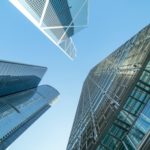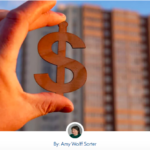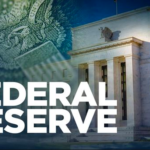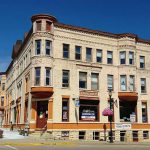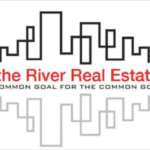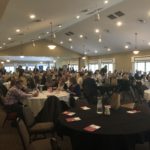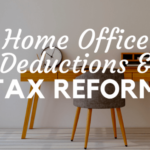Crosstown Commercial Team / December 13, 2018
What does the ‘inverted yield curve’ means for the economy?
Not since 2007 has the 2 to 5 year US Treasury yield curve inverted. Historically speaking, the yield curve is a partially reliable indicator of economic downturn in the US and beyond, which means the markets and particularly Wall Street is starting to freak out a little. What exactly is a yield curve, why is it inverting and how may it affect our Commercial Midwest Market(s)?
Lenders, Business Owners, Investors and the Economy is Impacted
From a 50,000 foot view (and a very amateur macro economist perspective), a yield curve is another way to gauge the difference between interest rates and the return investors will get from either buying shorter or longer-term debt. Often, banks demand higher interest for longer periods of time in their product offerings (think anything from construction loans, business lines of credit, 15-20+ years in commercial mortgage or stronger terms on lease properties, etc..). This all affects lending and expansion plans (and the capital behind the future expansions) so its easy to understand how mega tons of money that flow through the markets is affected. With plenty of capital always at play in the economy in various capacities AND when a yield curve goes flat AND the premium for longer-term bonds drops to zero AND if the spread turns negative (meaning shorter-term yields are higher than longer maturity debt), the curve is inverted…and fundamentals are impacted in a major way.
Which is what is happening now – The Times Are A-Changin’ says Dylan
So what caused this? It’s hard to say — but one likely explanation with a couple of step-sisters to blame: Since December 2015, the Fed has implemented a series of 6 interest rate hikes and simultaneously cut its balance sheet by $50B a month over that same time. Some of those in the business community’s take on this is the Fed has a major roll in suppressing long-term interest rates while raising short-terminterest rates. Ultimately, consumer/business confidence and local/state/national politics also has part in it (measurable and immeasurable) as well.
Yield curve + inversion = economic downturn (potentially)
Data. Such a beautiful thing and very hard to argue against since data and facts don’t lie. A yield curve inversion preceded both the first tech bubble (remember the .com implosion around the turn of the Century and all of those sugar plum dreams of dancing IPO’s and worthless stock options that went bye-bye? Man, I LOVED the sock puppet!) inevitably leading to the housing market crash, the commercial markets malaise, global turmoil, the 2007 fundamentals changin’ and the ultimate 2008 market crash. The inverted yield curve theory has had some notable “false positives” in its lifetime just like the 4 out of 5 economists and their dentist buddies who miss the mark sometimes too, this curve is not exactly a trustworthy business malaise fortune teller but it cannot be ignored either. An all time favorite movie quote:
“Remember Red, HOPE is a good thing, maybe the best of things, and no good thing ever dies.” -Andy Dufresne, ‘The Shawshank Redemption’
We will be hoping that this blog letter finds you…and finds you well. Your friends, Crosstown Commercial Real Estate










